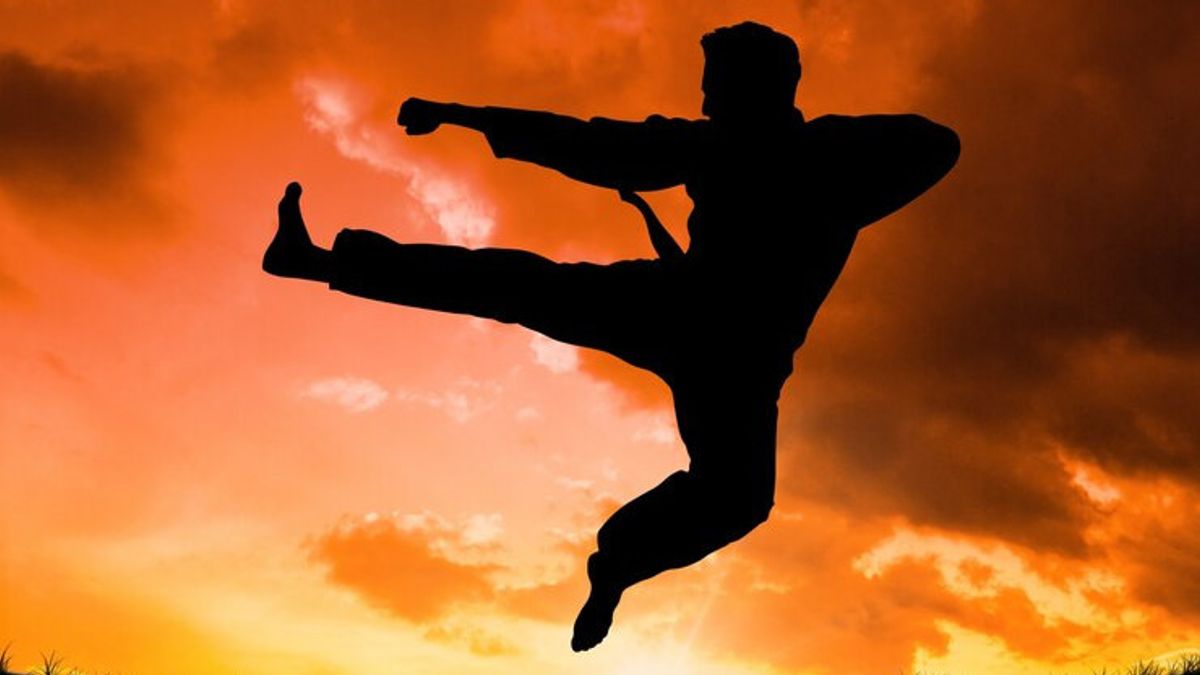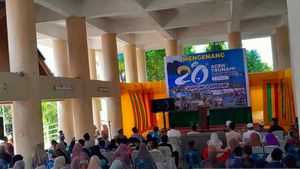YOGYAKARTA - From simple body wobbles to complicated choreography, movement has become a powerful tool to convey emotions, stories, and ideas. There are several parts of art that use elements of movement in expression.
This article will explore a rich and diverse art world, where the movement is at the center of attention, from traditional dances to more experimental contemporary art forms.
Since the beginning, pencak silat has been an integral part of the culture of the people of the archipelago. This martial art not only functions as a means of self-defense, but also as a forum for expression of art and culture.
Reporting from the PROCiding SENASBASA (National Seminar of Language and Literature), the close relationship between humans and nature has given birth to various forms of cultural expression, including martial arts.
The ancestors of the Indonesian nation have seen nature as a wise teacher. By observing the movement of animals, they found basic principles of movement which were later adapted into martial arts techniques. This shows how in humans are connected to the universe.
Before continuing, also read the article discussing the Basic Steps of PSHT, One of the Largest Pencak Silat Organizations in Indonesia
Reporting from Wikipedia, the long journey of Indonesian history has shaped the wealth of traditional dances. The influence of Austronesia, Melanesia, Asia, and West culture is established in every dance movement.
With thousands of dances scattered throughout the archipelago, this cultural heritage continues to live through generation to generation. The preservation is carried out through various institutions, including palaces, art schools, and dance academies.
The contemporary Indonesian dance comes as a dynamic combination between tradition and modernity.
This process began in the mid-20th century, when a number of Indonesian artists, such as Bagong Kusudiarjo and Wisnuwardhana, enriched the archipelago dance properties with ballet techniques and modern dances from the west.
Returning to the country, they not only bring new techniques, but also a philosophy: dance as a reflection of the dancer's soul. This concept encourages the birth of more personal and experimental works.
Despite this, cultural roots remain a solid foundation. Traditional moves and aesthetics continue to live and develop in a more contemporary context.
In addition, cross-cultural collaboration is increasingly booming, such as the combination of the Japanese Noh dance with traditional Nusantara performance arts.
Pantomime is a type of musical stage performance designed to entertain the whole family.
The origins of the pantomime are from England and are popular in Ireland, and several other English-speaking countries, especially during the Christmas and New Year's season. Modern pantomime performances combine songs, jokes, physical comedy acts (slapsticks), and dances.
Uniquely, pantomime often features actors exchanging gender roles, humor that is relevant to the latest issues, and stories adapted from fairy tales, fakes, or famous folklore.
Pantomime is a type of show that invites the audience to interact. The audience is encouraged to sing and scream while watching the show.
The history of pantomime in Western culture is very long, it can even be traced to the classic theater era. Pantomime developed from various theater traditions, such as Italian commercial del'arte in the 16th century, as well as performances of masks and hall music in the 17th century.
SEE ALSO:
However, outside the UK, the word "pantomime" is often understood as a mimic art, not the type of theater show as described above.
In addition to the art department that uses elements of movement, follow other interesting articles too. Want to know other interesting information? Don't miss it, keep an eye on the updated news from VOI and follow all the social media accounts!
The English, Chinese, Japanese, Arabic, and French versions are automatically generated by the AI. So there may still be inaccuracies in translating, please always see Indonesian as our main language. (system supported by DigitalSiber.id)
















